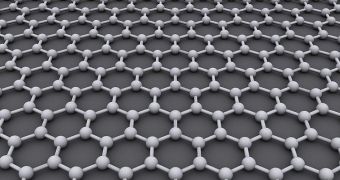Wires are used for lots of things, depending on their thickness, from electricity conduction to short-circuit protection. In cases of very low voltage and amperage, wires can be replaced by integrated circuits, or printed circuits.
Printed circuits are, one might say, the smallest kind of “wire,” but this won't hold true for very long if a recent research breakthrough holds water.
Researchers from the Utrecht University and the Atomic Scale Physics group at Aalto University, led by Professor Peter Liljeroth, have come up with a way to make atom-thin wires from graphene.
Yes, graphene. The same graphene that can enable 1000x More Light Sensitive camera sensors, lasers, Quantum Computers, better batteries, etc.
Graphene nanostructures can be very, very small, of 10 nanometers in width. That trait allowed the scientists to figure out how to make atom-thin wires.
Basically, the lay of the graphene is mapped out through atomic force microscopy and a scanning tunneling microscope.
That done, concentrated voltage pulses are shot from the same microscope, booting a single hydrogen atom off the cap of a graphene micro-ribbon.
At the end of the process, an atom-wide chemical bond that functions as a wire was created.
"We cannot use alligator clips on the atomic scale," said head of the Atomic Scale Physics group at Aalto University, Professor Peter Liljeroth.
"Using well-defined chemical bonds is the way forward for graphene nanostructures to realize their potential in future electronics."
The benefits and applications of this have yet to be explored, since it isn't perfectly clear how much of normal wires' tasks the chemical bonds can accomplish. Some cables need to carry a lot of electricity after all.
Then again, with the emphasis on energy efficiency, it's likely that electronics will come to use less and less energy as time goes by. At that point, when low voltages and weak currents are all that's needed, atom-thick bonds might be the key to achieving new technological advances.

 14 DAY TRIAL //
14 DAY TRIAL //